
The Three Nations Working Together to Protect the Mayan Jungle
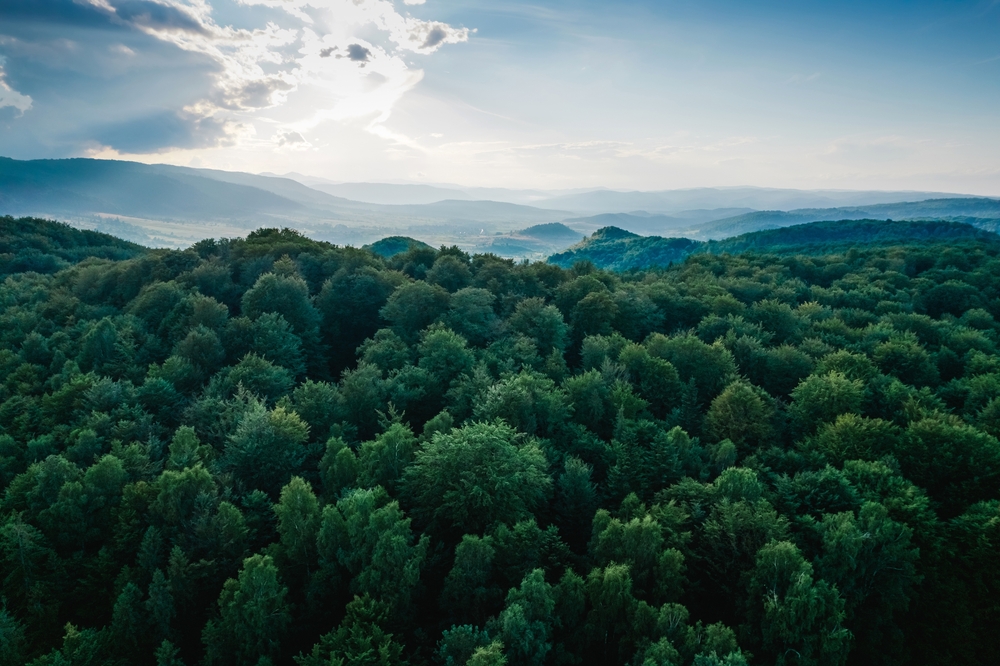
The Great Mayan Jungle Corridor: A Tri-National Pact to Protect the Lungs of Mesoamerica
Stretching across southern Mexico, northern Guatemala, and western Belize, the Great Mayan Jungle—also known as the Selva Maya—is one of the last vast tropical rainforests of the Americas. This living expanse of emerald canopy shelters ancient Mayan ruins, rare wildlife, and trees that quietly store billions of tons of carbon, regulating the planet’s fragile climate. Now, in a historic act of regional unity, the governments of Mexico, Guatemala, and Belize have joined forces to create the Great Mayan Jungle Biocultural Corridor—a tri-national reserve spanning more than 14 million acres (5.7 million hectares). If fully realized, it will become the second-largest protected area in the Western Hemisphere, surpassed only by the Amazon Basin.
The corridor embodies a revolutionary vision: one in which environmental preservation and human prosperity are not competing goals but intertwined destinies. By protecting biodiversity while strengthening Indigenous rights and local economies, this initiative could redefine how nations safeguard shared ecosystems in an era of accelerating climate change.
A Vision as Vast as the Forest
Yet ambition alone will not guarantee the forest’s survival. The Mayan Jungle faces threats as intricate as its web of life—illegal logging, narco-deforestation, land grabs, and controversial infrastructure projects all press upon its boundaries. Protecting this ecosystem demands far more than lofty declarations; it requires coordination between governments, Indigenous leaders, scientists, and law enforcement, along with unwavering transparency.
Still, the corridor’s creation signals a turning point. It offers a tangible chance for three nations—once divided by borders drawn over ancient lands—to act as stewards of a single living system. The challenge is monumental, but so too is the opportunity to redefine cooperative conservation in the 21st century.
A New Kind of Reserve
The Great Mayan Jungle Biocultural Corridor is not merely a conservation zone—it is an experiment in transnational governance. It unites Mexico’s Calakmul Biosphere Reserve, Guatemala’s Mirador–Río Azul National Park, and Belize’s Maya Forest Reserve into one continuous green artery across Mesoamerica. By reconnecting fragmented habitats, it restores vital migration routes for species like the jaguar, ocelot, scarlet macaw, and Central American tapir, allowing them to roam freely across ancestral territories.
Over 500 bird species and countless endemic plants depend on the forest’s continuity for survival. But the “biocultural” model at the corridor’s core recognizes that this landscape’s richness lies not only in its biodiversity but in its human heritage. Beneath the canopy rest the remains of cities, temples, and sacred sites that once formed the beating heart of the ancient Mayan civilization. The corridor thus safeguards both ecological and cultural legacy—protecting not just ruins of the past but the living descendants of the Maya who still inhabit and tend these lands.
Leaders of all three nations have pledged that the forest will be managed with full respect for Indigenous governance, ensuring that conservation aligns with ancestral knowledge and community priorities. In this, the corridor could serve as a global model for integrated sustainability, blending cultural continuity with ecological resilience.
The Ecological Heartbeat of Mesoamerica
The Selva Maya is more than a forest; it is a climatic engine. Its vast trees absorb immense quantities of carbon dioxide, helping stabilize global temperatures while generating rainfall that nourishes much of Central America. Scientists estimate that its soils and vegetation hold tens of millions of tons of carbon—an irreplaceable shield against climate collapse.
Yet, this ecological titan is under siege. Over the past two decades, deforestation has surged, driven by cattle ranching, illegal logging, and mining. Satellite imagery reveals that the jungle loses thousands of hectares each year. In some areas, criminal cartels clear forest for clandestine airstrips and smuggling routes, deepening the region’s instability. As Guatemala’s Environment Minister Patricia Orantes observed, “This is not just an environmental struggle—it’s about reclaiming territory from organized crime.”
In response, the corridor’s architects are emphasizing a holistic approach that tackles security, poverty, and governance alongside conservation. Initiatives like cross-border ranger networks—linking Indigenous patrols, local communities, and national military units—are already yielding measurable results. These alliances have dismantled illegal timber networks and curbed poaching in the Mirador Basin, showing that community-led enforcement can be both effective and inclusive.
People at the Center: Indigenous Leadership and Local Economies

Conservation history is littered with projects that displaced the very people they aimed to empower. The Great Mayan Jungle Biocultural Corridor seeks to reverse that legacy by placing Indigenous and rural communities at the decision-making core. A newly formed Indigenous Advisory Council, working alongside an Environmental Council, will guide the reserve’s governance.
In Mexico, the Planting Life (Sembrando Vida) program offers a blueprint—paying farmers to plant fruit and timber trees as sustainable livelihoods. While the initiative has required adjustments to prevent unintended deforestation, it demonstrates how conservation can be aligned with economic dignity. Similar community forestry programs in Guatemala and Belize have also shown that when locals manage the land, forests thrive. Indeed, studies confirm that Indigenous-managed forests often experience lower deforestation rates than those governed by state agencies alone.
The corridor’s strength will depend on turning extractive economies into regenerative ones—through ecotourism, carbon credit markets, and sustainable agriculture. Yet, as Guatemalan environmental lawyer Rafael Maldonado warns, “Conservation without opportunity is a contradiction. People cannot be asked to protect the forest while struggling to feed their families.” True conservation, he argues, must intertwine ecological stewardship with social justice.
The Maya Train Dilemma: Progress or Peril?

For all its promise, the corridor faces a contradiction embodied by Mexico’s Maya Train project—a 1,500-kilometer rail network intended to link the Yucatán’s tourist hubs with rural Mayan towns. While pitched as an engine for development, it has drawn fierce criticism for felling millions of trees and scarring fragile limestone caves that form crucial aquifers. Environmentalists fear it could fragment the very forest the corridor aims to protect.
President Claudia Sheinbaum insists the project can coexist with conservation, while Guatemalan President Bernardo Arévalo has firmly stated that “the Maya Train will not cross any protected areas.” Belize’s Prime Minister Johnny Briceño remains cautiously optimistic, calling for “growth that serves both people and planet.”
The corridor’s councils will now act as gatekeepers, reviewing all future infrastructure proposals through both ecological and Indigenous lenses—a radical departure from the region’s history of top-down decision-making. Whether these mechanisms can withstand political and commercial pressure remains uncertain, but their very existence marks a milestone in participatory governance.
Technology, Security, and the Future of Protection
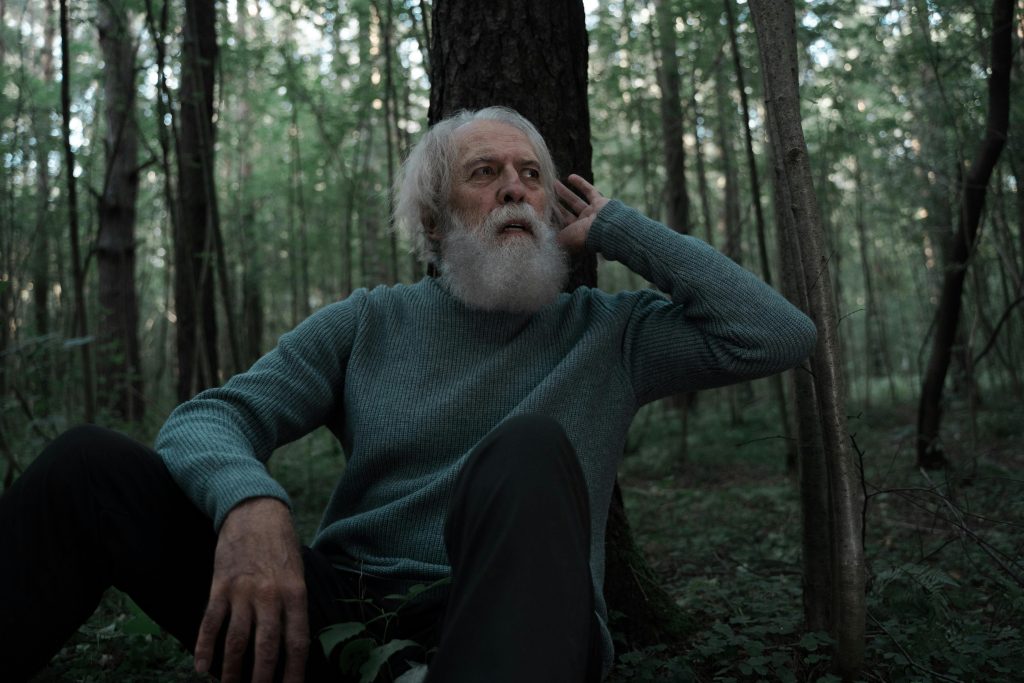
Guarding 14 million acres of dense rainforest is a daunting task, but technology is shifting the odds. Conservation groups are deploying drones equipped with infrared sensors, enabling nighttime surveillance of illegal logging and fires. Cloud-based monitoring platforms like SMART and EarthRanger integrate satellite data with ranger field reports, allowing rapid responses across borders. Solar-powered patrol outposts now serve as vital hubs in remote regions, signaling a future where digital innovation strengthens ecological guardianship.
Still, technology must serve—not replace—human collaboration. As experts stress, militarized enforcement without community trust risks repeating past failures. The corridor’s greatest innovation may be its blending of high-tech tools with traditional ecological knowledge—a marriage of satellites and storytelling, algorithms and ancestral wisdom.
Funding, Accountability, and the Path Ahead
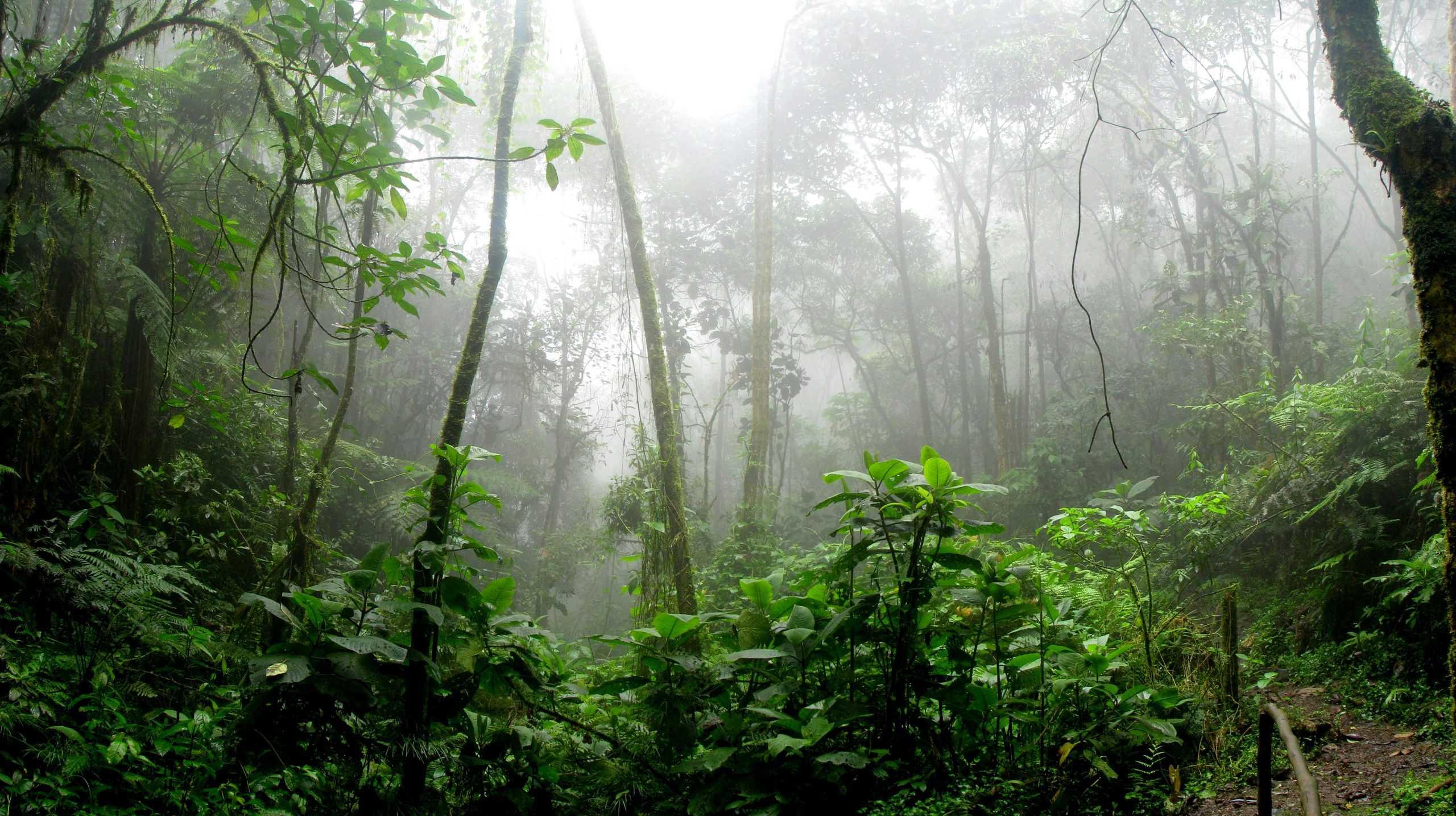
The three governments have pledged an initial $6 million to launch the corridor, but sustaining it will require hundreds of millions more over the coming decades. Long-term funding could come from carbon markets, biodiversity credits, and international climate finance—but only if managed transparently. Civil society leaders warn that corruption, if unchecked, could undermine everything.
Transparency will thus be key: open land registries, public reporting on patrol activities, and community involvement in auditing processes. If successful, the corridor could pioneer a new financial model for conservation—showing how developing nations can protect vast ecosystems without sacrificing sovereignty or sustainable growth.
Hope Beneath the Canopy
The Selva Maya remains one of Earth’s last great wild frontiers—a world of jaguars and howler monkeys, orchids and ancient temples, thunder and silence. Its fate will reveal whether humanity can still choose coexistence over exploitation. The Great Mayan Jungle Biocultural Corridor is more than a reserve; it is a moral experiment, testing whether three nations can protect a forest that transcends their borders and defines their shared heritage.
If it succeeds, the corridor will stand as a symbol of resilience and renewal—proof that biodiversity, culture, and community can flourish together. If it fails, the loss will echo far beyond Central America, reminding us that in the age of climate crisis, every fallen tree is a fragment of the planet’s future.
For now, hope lives on beneath the canopy—in the rhythm of the forest, in the courage of its guardians, and in the belief that balance between people and planet is still within reach.
News in the same category

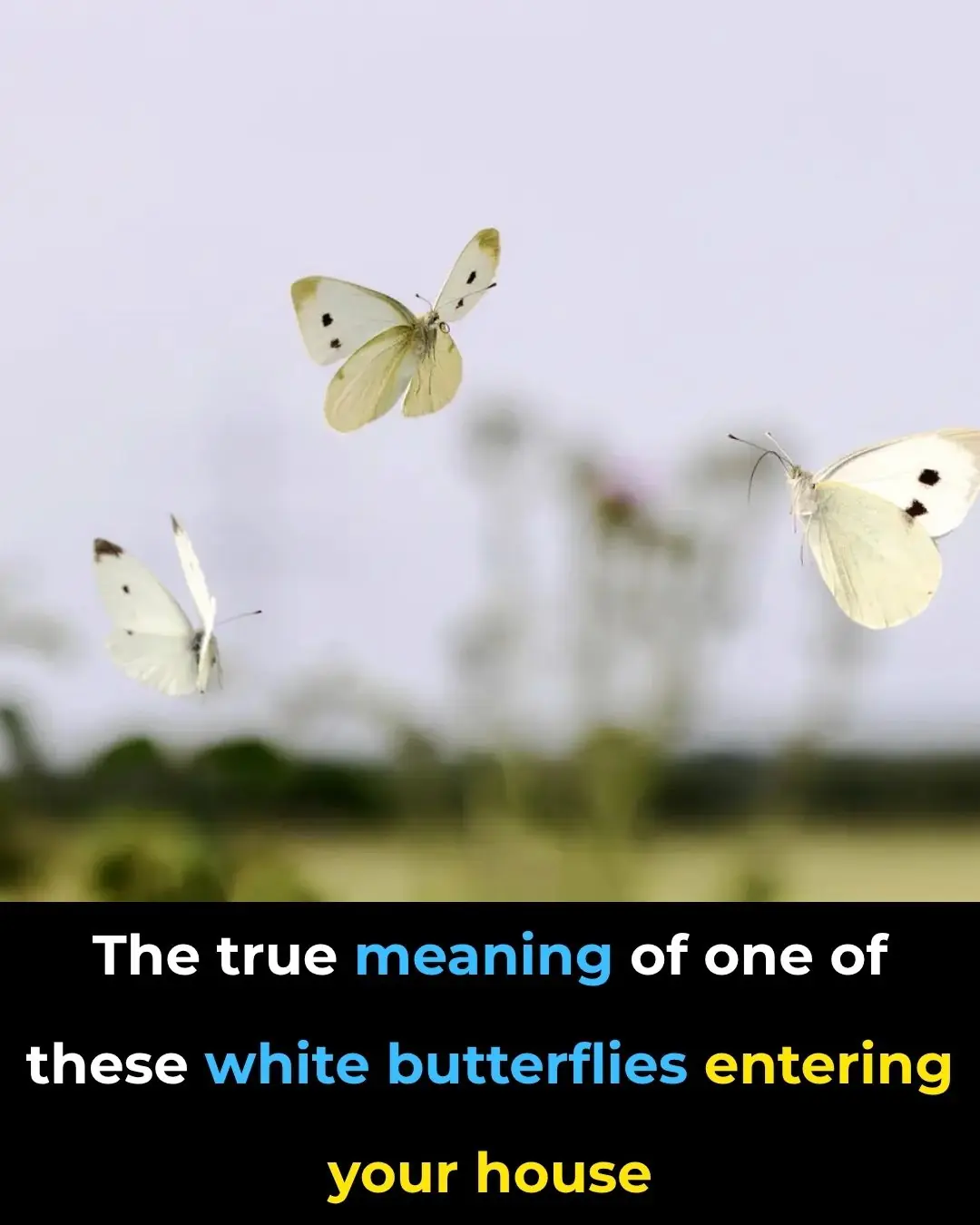
The Spiritual Meaning of White Butterflies in Your Home

If You Find A Tick Inside Your Home, Here’s What You Need To Know
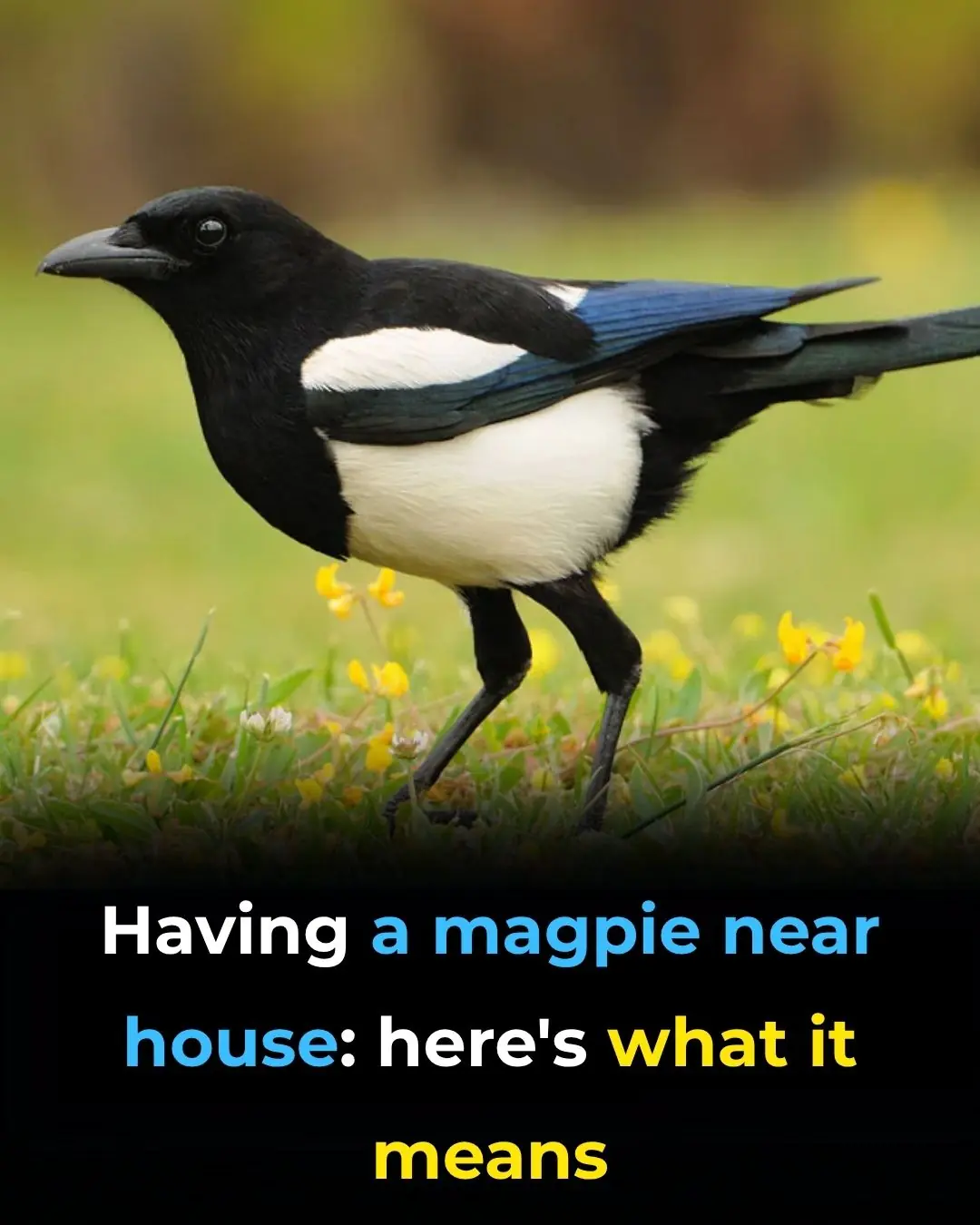
Magpie The Spiritual Meaning of an Unusual Encounter

When your dog looks at you for a long time, here's what it means according to experts...
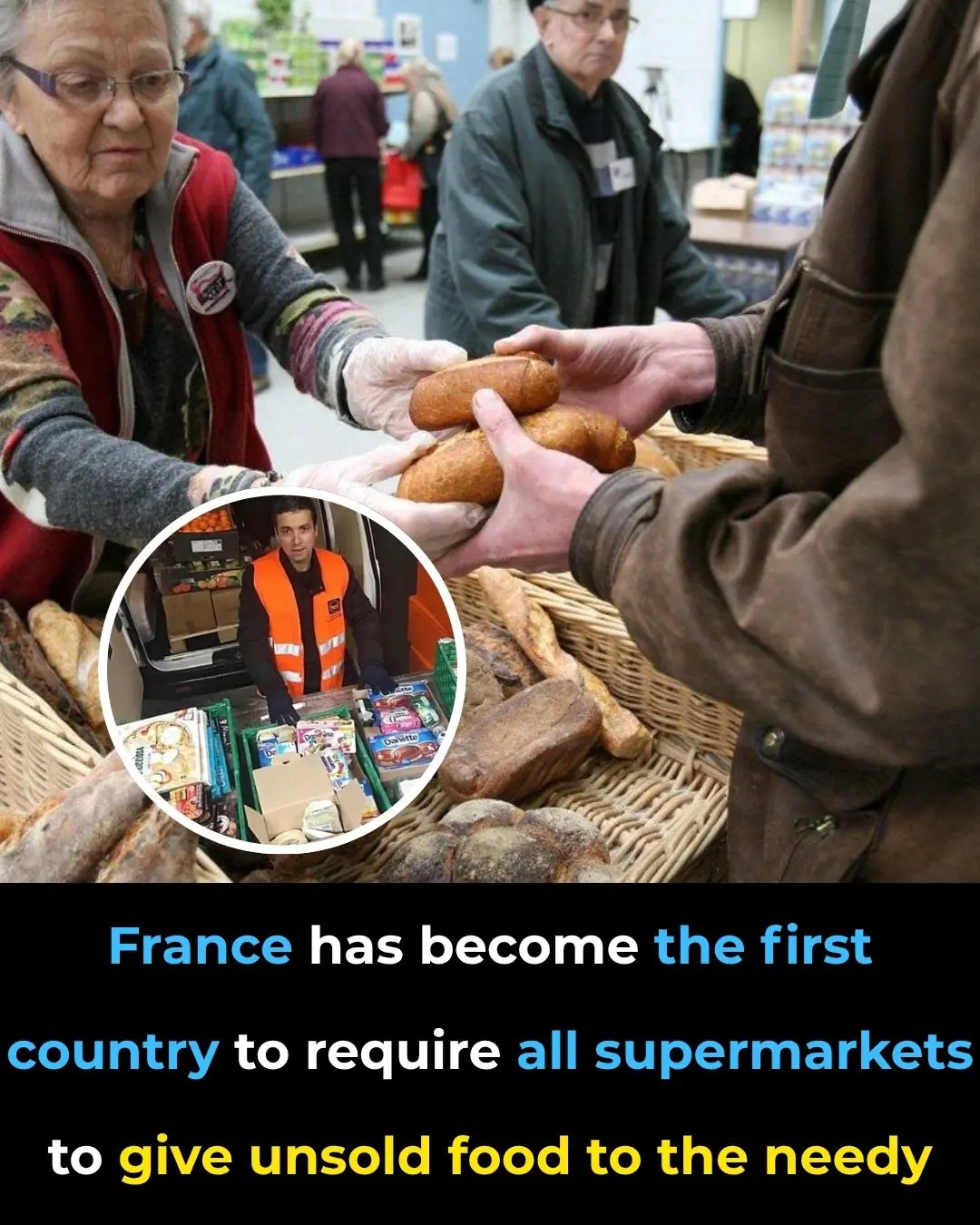
France Bans Supermarkets From Wasting Food, Turns Trash Into Meals for Millions

Trump Gets His Wish as Coca Cola Launches Cane Sugar Version

Why Do We Perceive Faces in Ordinary Objects?

How Your Sleep Position Reveals If You’re Lazy

7 Clever DIY Uses for Used Teabags That Will Make You Think Twice Before Tossing Them
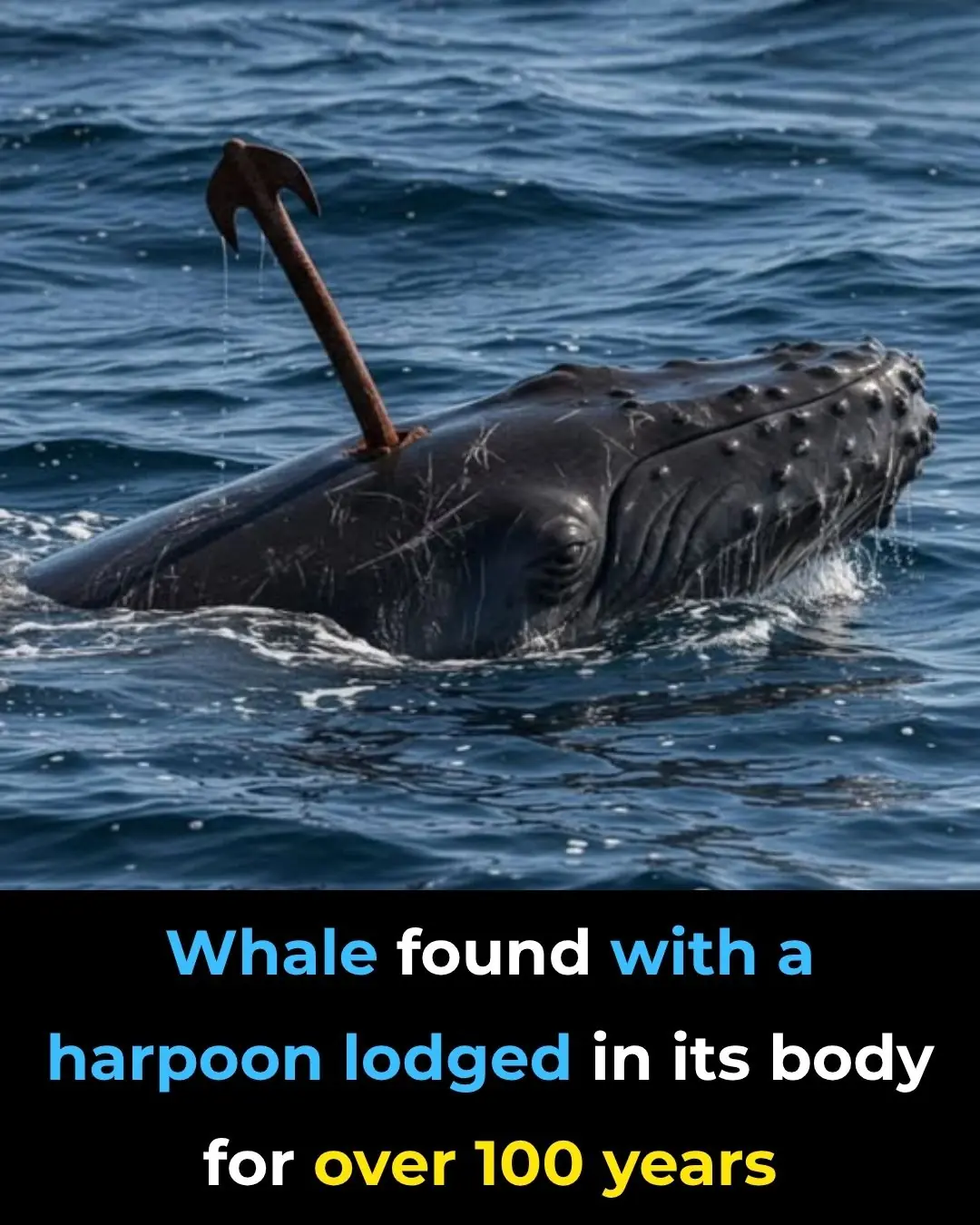
The Whale That Carried History In Its Neck For Over 100 Years

Denver Bans the Sale of Dogs, Cats, and Rabbits, Paving the Way for More Shelter Adoptions

If you rub these 2 points behind your knees, this is the effect on your body
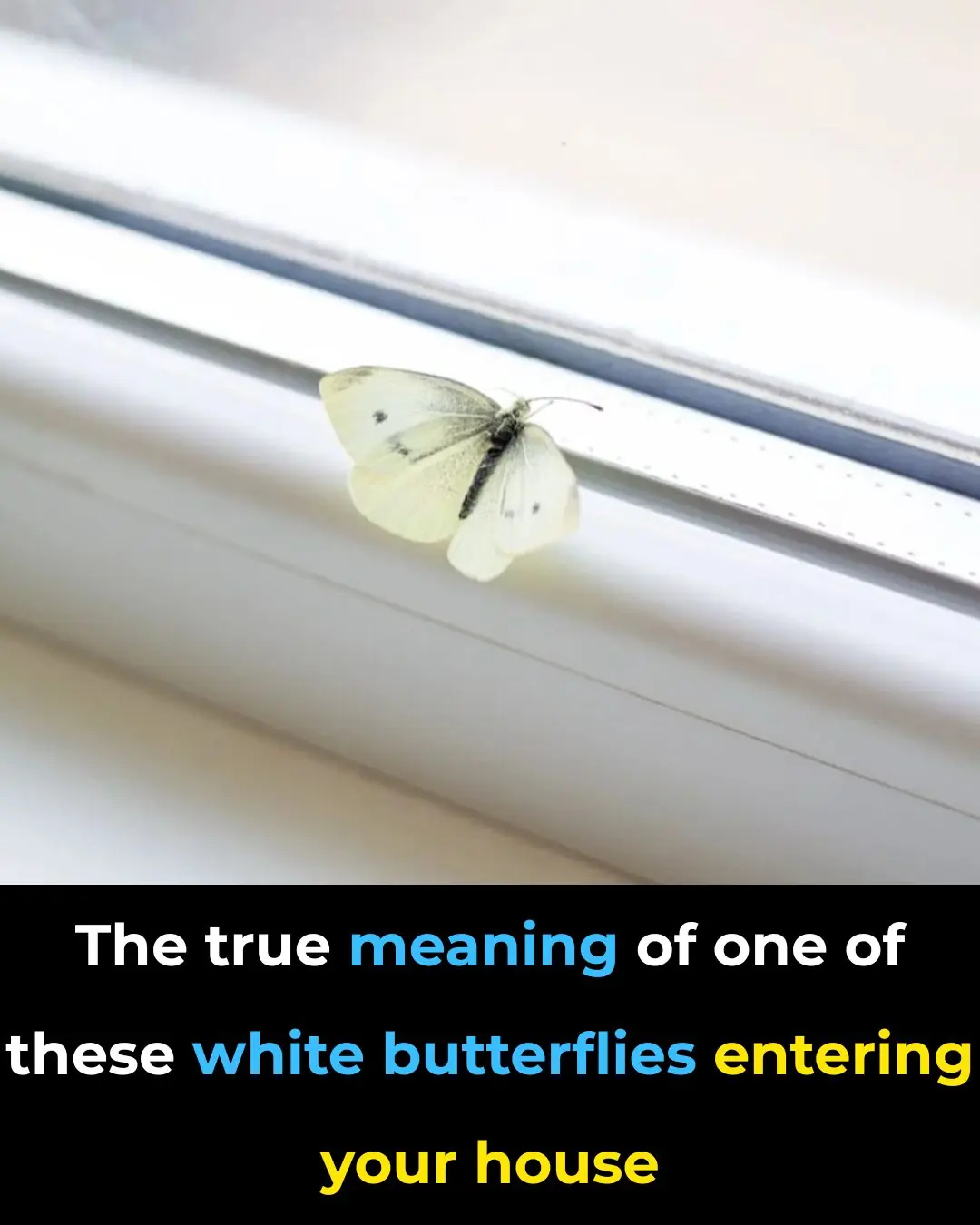
Its true meaning you probably don't know

Steps to Take When Your Adult Children No Longer Show Respect

Never Throw Away These 4 Things at Their Funeral..
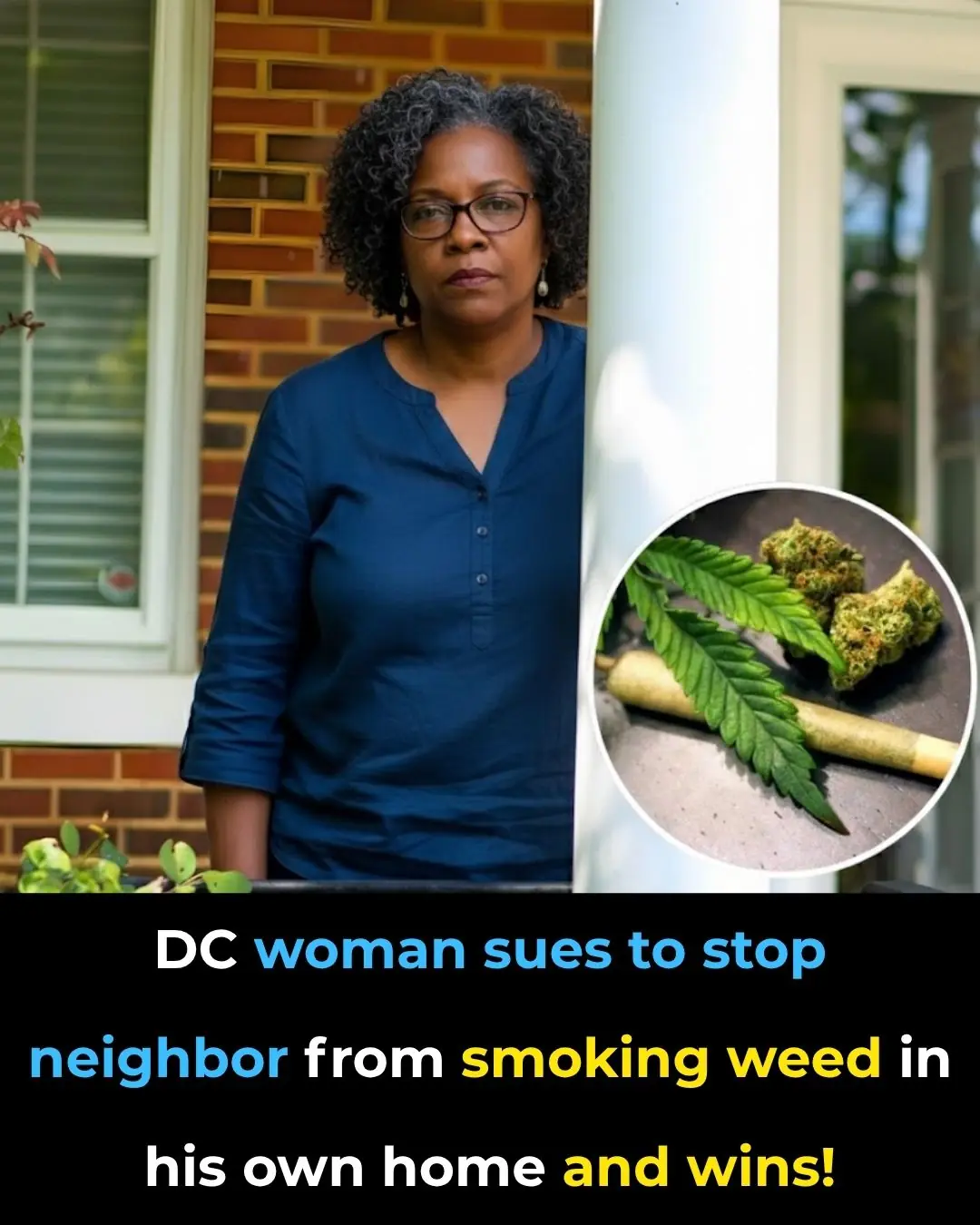
DC Woman Wins Landmark Case After Suing Neighbor Over Overpowering Weed Smell

Bill Gates–Backed Beyond Meat Faces Collapse After Massive Stock Drop

According To This Psychologist, A Dirty Car Can Reveal A Lot About Your Personality
News Post

You’re doing it all wrong. Here’s the right way to unclog your drain

10 cooking cleanup habits you’re doing wrong

Genius!

Meet The Founder Of The First Black-woman Owned Electric Vehicle Recharging Station

Need some assistance here

Meet The Owner Of The First Black Woman-Owned Winery And Tasting Room In Alameda County, California

Tips for choosing clean, natural vegetables without worrying about harmful chemicals
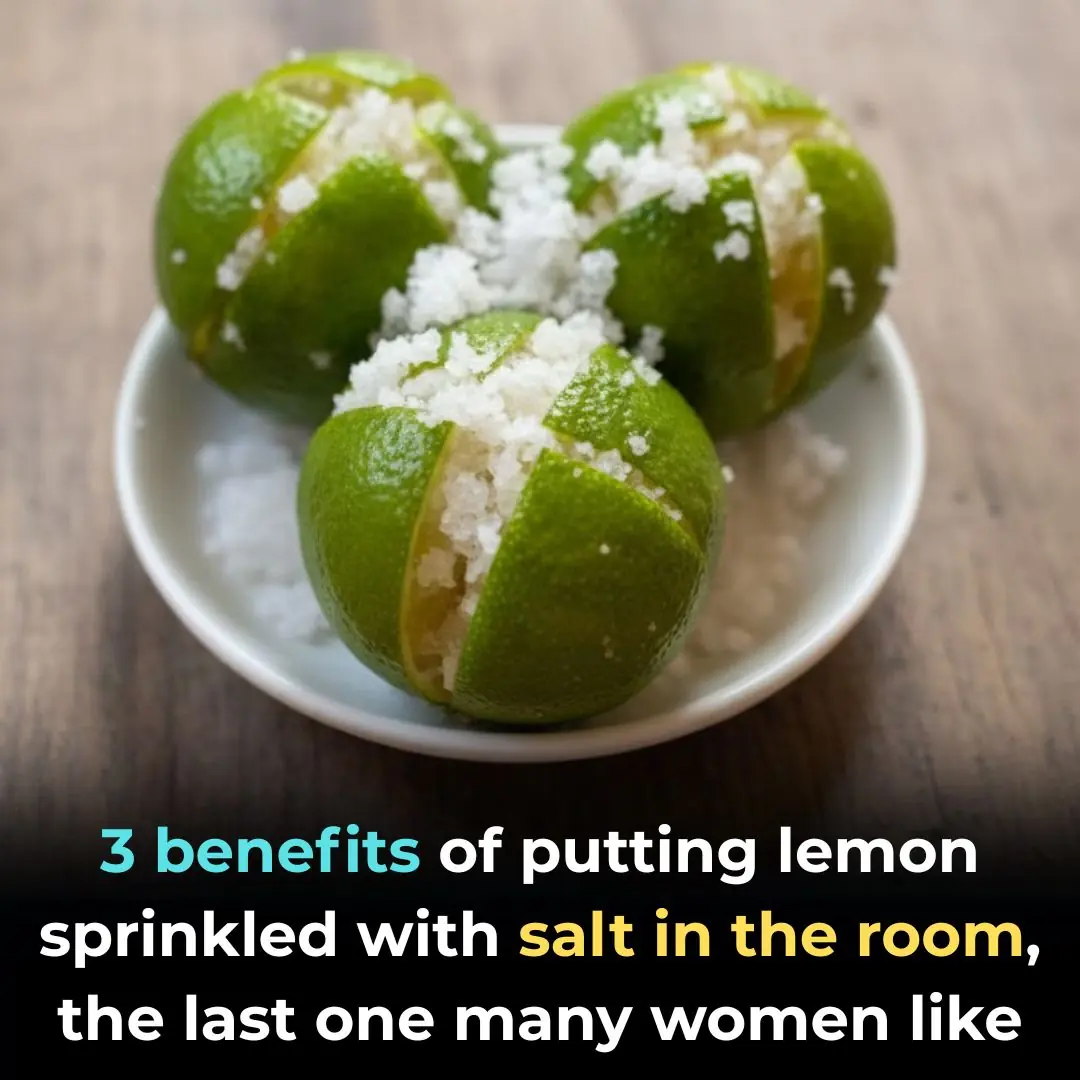
3 benefits of putting lemon sprinkled with salt in the room, the last one many women like
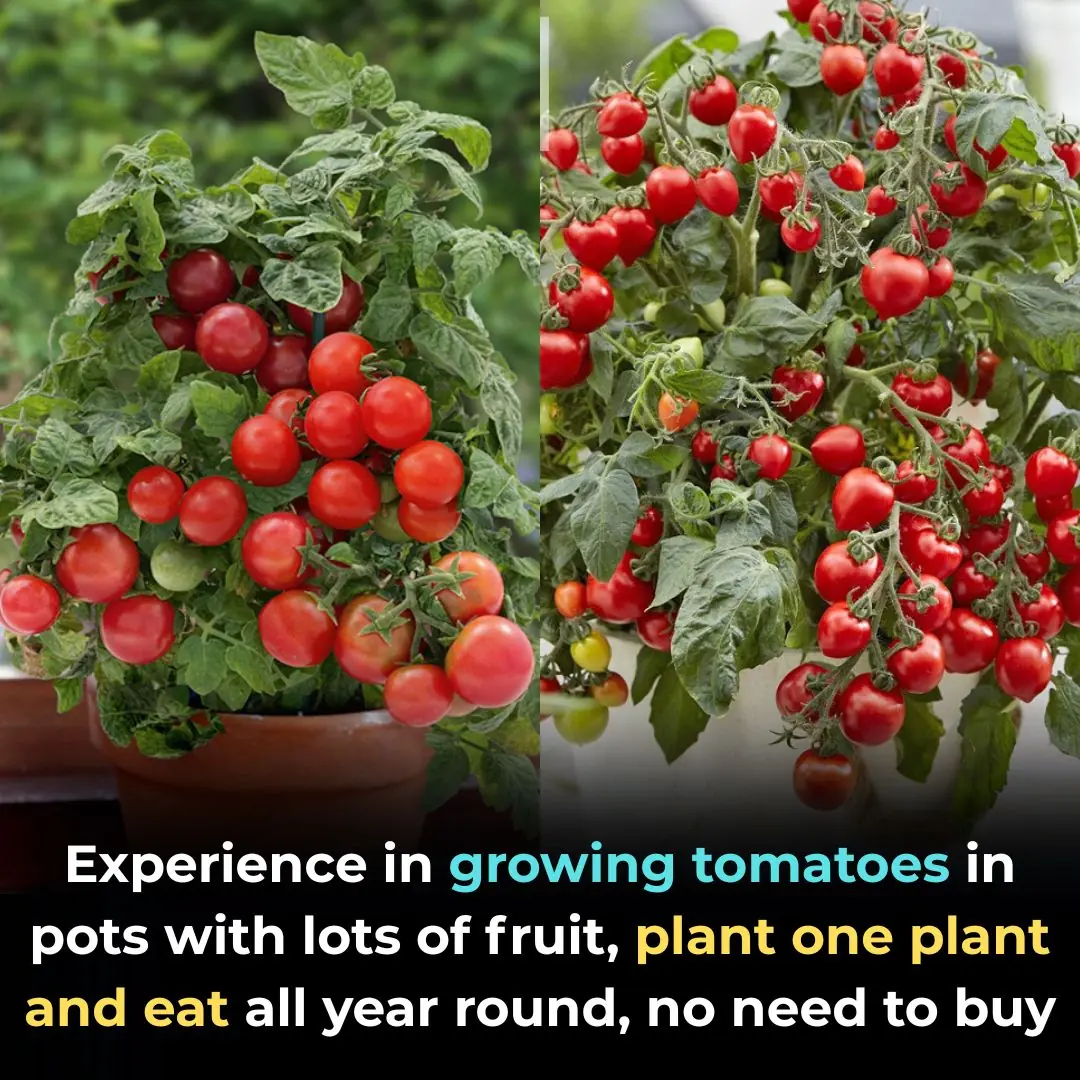
Experience in growing tomatoes in pots with lots of fruit, plant one plant and eat all year round, no need to buy

After boiling the chicken, do this step: The chicken will have golden brown, crispy skin, and will be delicious to eat.
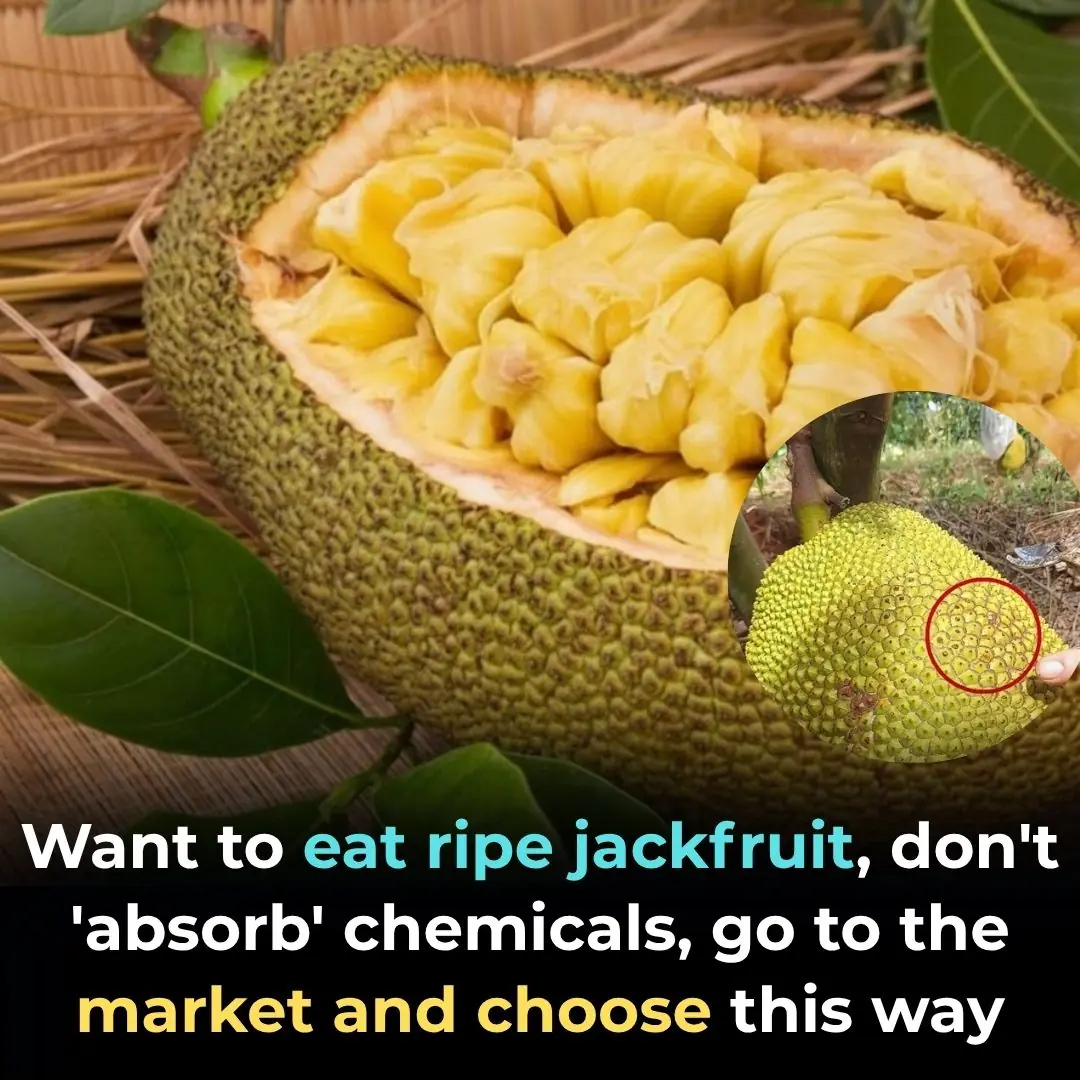
Want to eat ripe jackfruit, don't 'absorb' chemicals, go to the market and choose this way
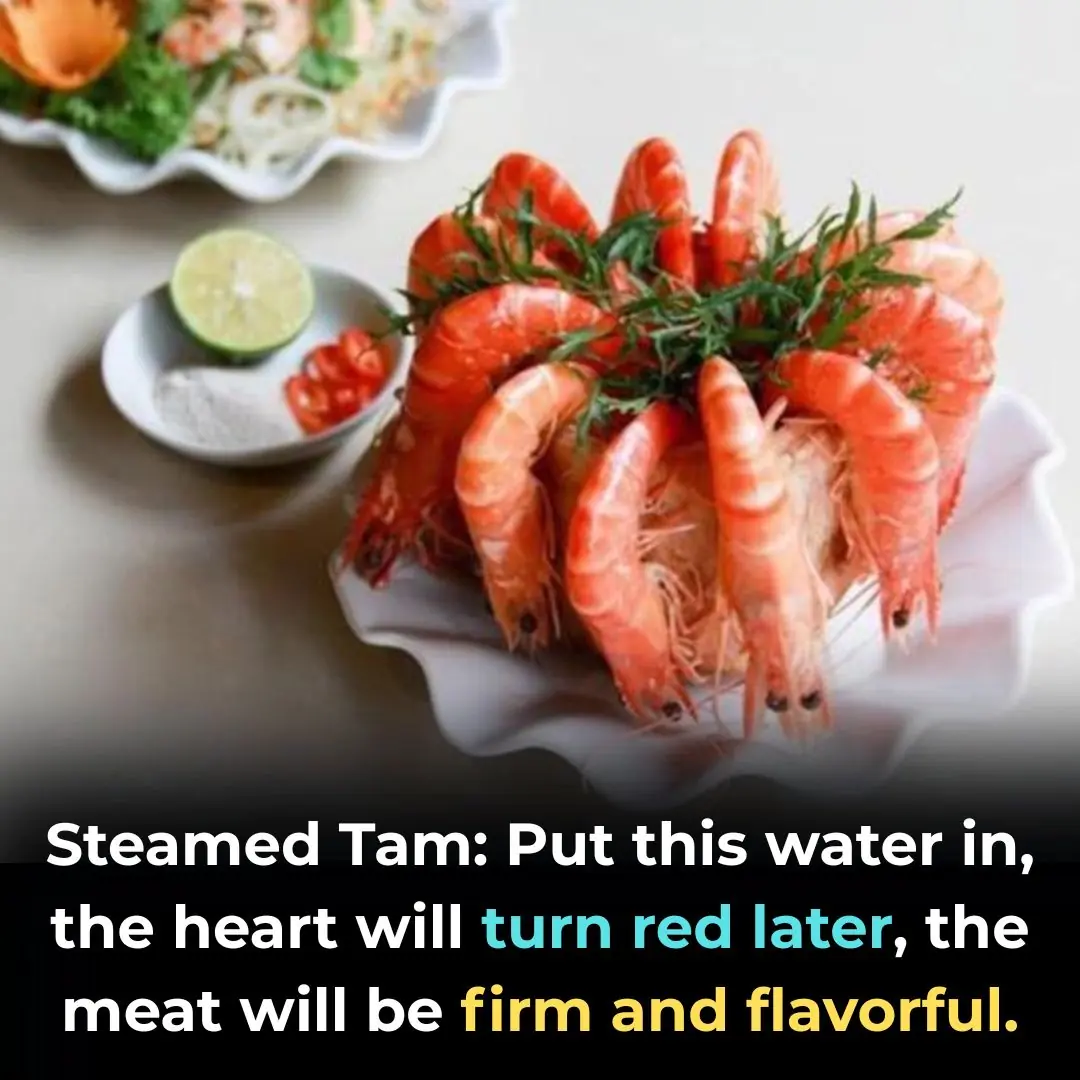
Steamed Tam: Put this water in, the heart will turn red later, the meat will be firm and flavorful.

Clean the fan by removing the frame, use this machine and the fan will automatically remove all dirt in 5 minutes.

Tips to remove scale from kettle with natural ingredients with obvious effectiveness

Joseph Gordon-Levitt Urges a Global Pause on AI Superintelligence Until Safety Measures Are in Place

Ginger the Brave: A Pitbull’s Ultimate Act of Loyalty

A Second Chance, A Second Meeting: Shelter Volunteer Reunites with the Puppy She Once Saved

Penelope’s Courage: A Mother’s Love That Knows No Bounds
